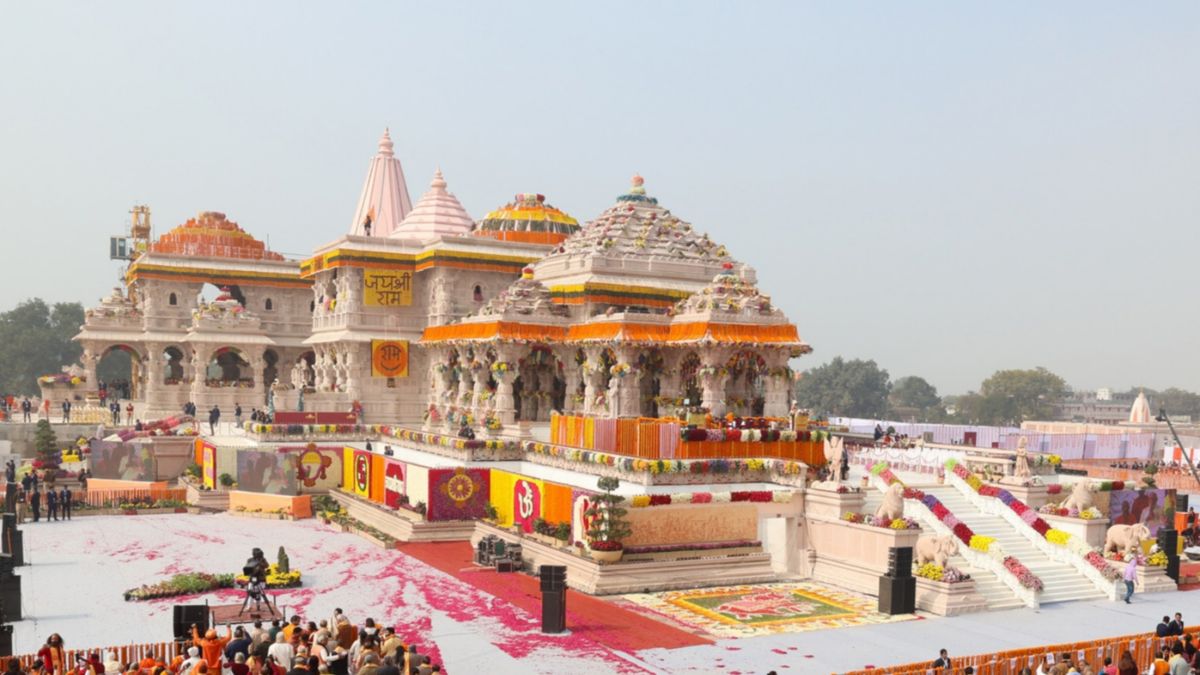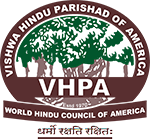The 500-Year History of Ayodhya Ram Mandir
1528
In 1528, Babur’s general Mir Baqi demolished a temple at Shri Ram’s birthplace in Ayodhya’s Ramkot (the Fort of Shri Ram) and built a mosque on its ruins.
According to the traditional Sikh literature, Janma Sakhis, Shri Guru Nanak Dev, the founder of Sikh dharma, visited Ayodhya in 1510-11 CE for darshan of Ram Janmabhoomi temple. Indian Supreme Court made a reference to this episode in their November 9, 2019, order.
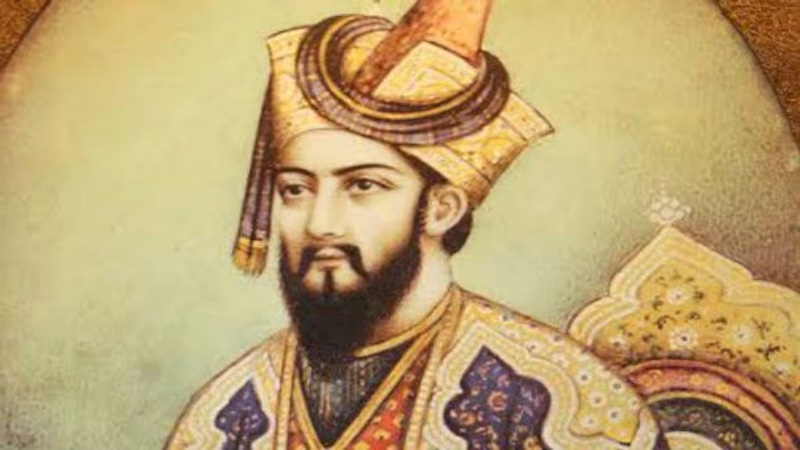
1530-1605
This period covers the era of Babur’s son Humayun and grandson Akbar. During this period, a number of skirmishes over the Mandir-Masjid dispute are reported. During Akbar’s time (1556-1605), a chabutra (platform) is constructed in front of the mosque and handed over to Hindus., with the royal order that Hindus shouldn’t be stopped from performing puja on this chabutra.
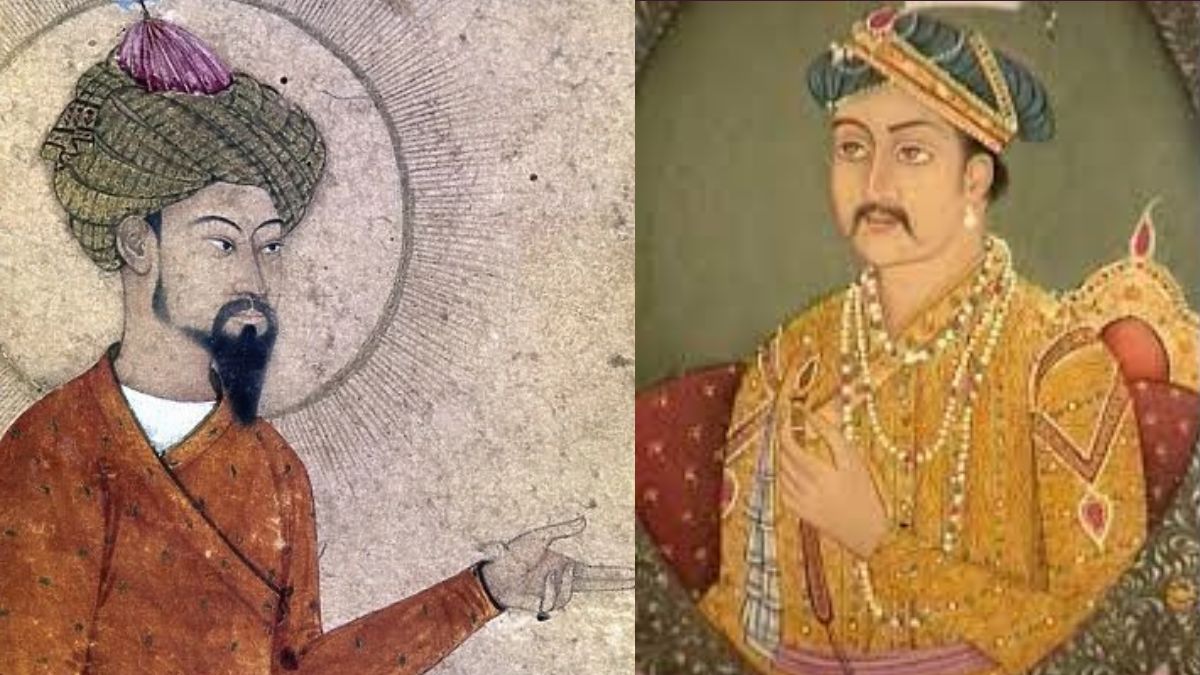
1658-1707
Aurangzeb’s brutal anti-Hindu actions give rise to strong Hindu opposition. The tenth Sikh Guru, Shri Gobind Singh (1666-1708) joins the battle to liberate Ram Janmabhoomi.
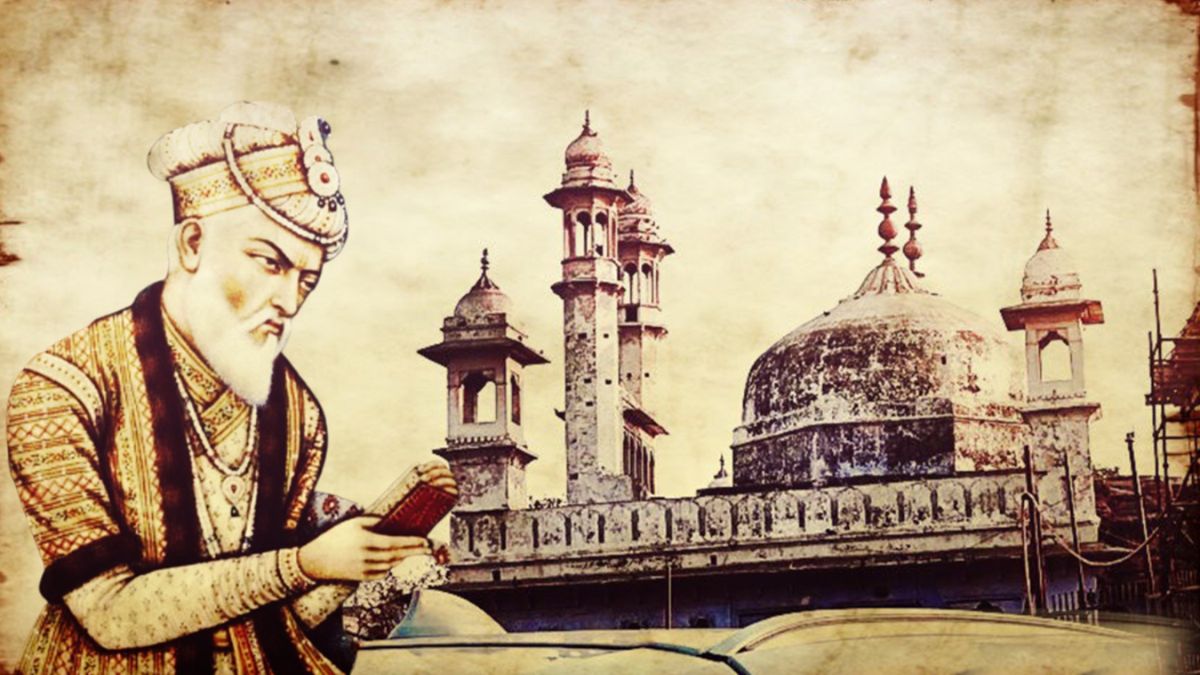
1853
More than 230 years after the construction of the Babri Masjid in Ayodhya, the first recorded incident of religious violence takes place during the rule of Wajid Ali Shah of Awadh. A group of Hindus claim that the Hindu temple had been destroyed during the rule of Mughal ruler Babur.

1855-1859
British resident Major James Outram reports about a recurrent conflict between Hindus and Muslims over the disputed structure.
On November 30, 1858, a police report is filed by Mohd. Salim against a group of Nihang Sikhs for conducting rituals inside the Babri Masjid. Sheetal Dubey, the station house officer of Avadh, wrote in his report: “Mr. Nihang Singh Faqir Khalsa, a resident of Panjab, organized Havan and Puja of Guru Gobind Singh and erected a symbol of Sri Bhagwan, within the premises of the Masjid.”
In 1859, the ongoing dispute and riots led to the British building a seven-foot-high wall to separate the places of worship for Hindus and Muslims, giving the inner court to Muslims and the outer court to Hindus.

1885-86
The first court case is filed by Nirmohi Akhara mahant Raghubar Das, who moves a local court seeking permission to construct a “mandap’ atop the platform in front of the mosque. His plea is rejected on the grounds that while the platform is in Das’s possession, its close proximity to the mosque will incite more conflict if Das’s request is granted.
Raghubar Das challenges the decision in the district court. Colonel FEA Chamier, the district court judge, agrees that the mosque has been built atop a place worshipped by Hindus, but it was now too late to amend a ‘mistake committed over 350 years ago,’ and orders status quo.
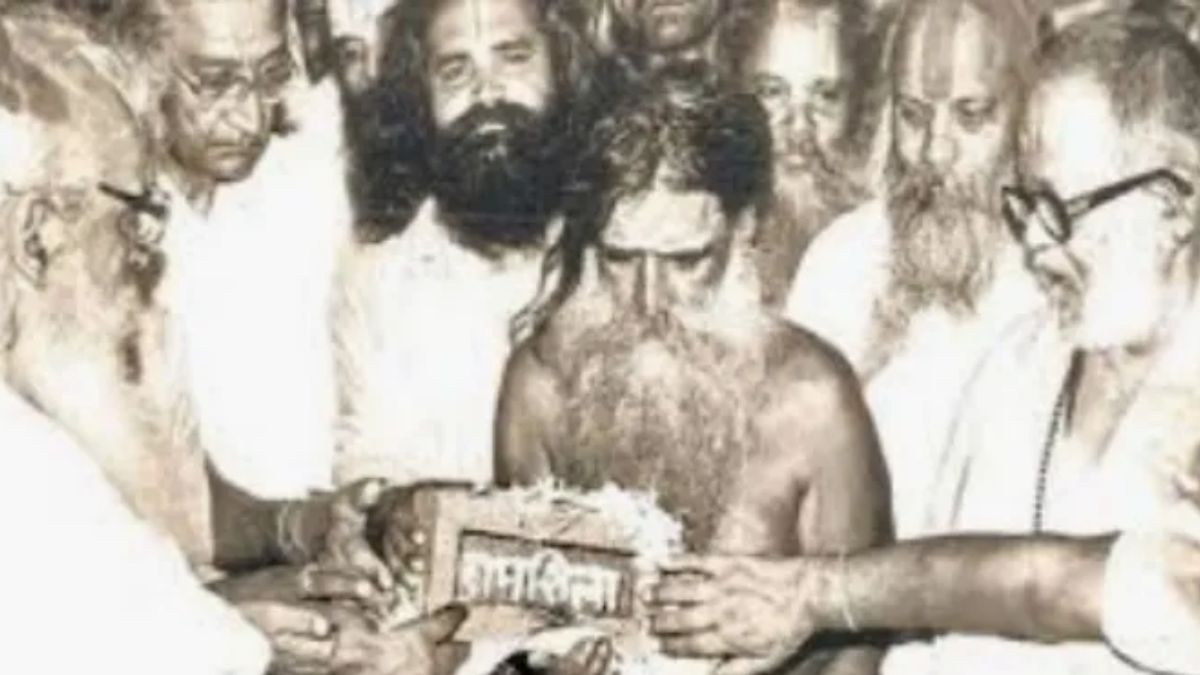
1934
The mosque is damaged during communal riots over cow slaughter in Shahjahanpur near Ayodhya, later repaired by a Muslim contractor.

1936
An inquiry commission set up under the UP Muslim Waqfs Act to determine the mosque’s ownership declares that it was built in 1528 by Babur, a Sunni Muslim
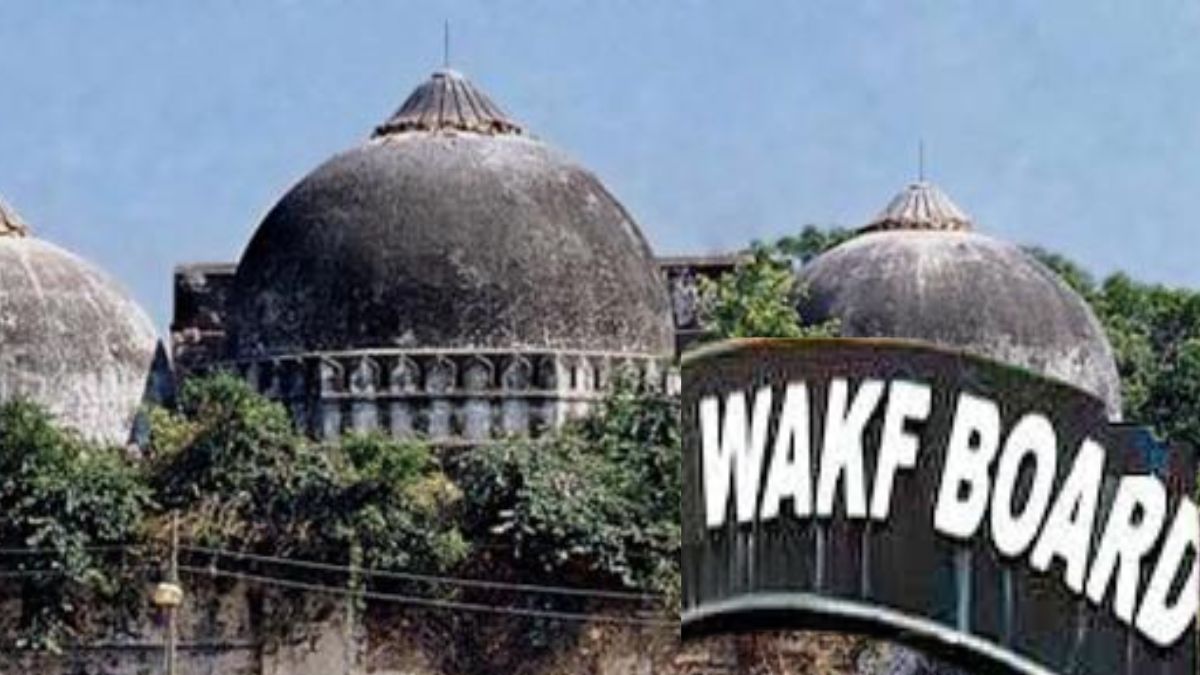
1949
December 22-23: Murti of Ram Lalla appears inside the mosque after a week-long Ramayana Paath organized by Gauraksha Peeth chief Mahant Digvijay Nath. Muslims claims that the idol was placed there by Hindu leaders, Including Baba Abhiram Das of Hanumangarhi and Mahant Ram Chandra Das Paramhans.
PM Jawaharlal Nehru calls up the United Provinces (UP) chief minister GB Pant, asking him to get the idol removed. However, the concerned office, the Faizabad district magistrate KK Nayyar, refused to carry out the orders, replying that he himself would rather be removed.
Hashim Ansari files plea from the Muslim side.
Faizabad municipal board chairman Priya Dutt Ram is appointed receiver of the disputed campus. Magistrate M Singh orders that puja can be offered to the Murti with three priests.

1950
Gopal Singh Visharad of Hindu Mahasabha and Mahant Ram Chandra Das Paramhans of Digambar Akhara file plea in Faizabad court seeking right to worship at the site where the Murti had been kept.
Civil judge Bir Singh issues temporary injunction to stop Muslim side from removing the Murti.

1951
The court passes interim order allowing puja after closing the inner side of the structure. It also asks the Muslim parties not to interfere in the puja.

1959
Nirmohi Akhara files the third suit In the matter claiming to be the custodian of Ram Janmasthan (birth place)

1961
A fourth suit is filed in the case by Sunni Central Waqf Board, staking claim to not only the masjid property but also the adjacent land, claiming it to be a graveyard. Six Muslim plaintiffs, Including Ansari, are party to the plea.

1964
August 29 – Vishwa Hindu Parishad (VHP) is formed on Janmashtami in the presence of RSS chief Golwalkar and Akali Dal chief Master Tara Singh.

1984
April 7-8: Dharm Sansad in Delhi raises the issue of Ram Janmabhoomi liberation.
June 18 – Ram Janmabhoomi Mukti Yagya Samiti is formed with Mahant Avaidyanath as its chairman and Mahant Nritya Gopal Das as its vice-chairman.
October 7 – Ram Janmabhoomi Mukti Yagya Samiti takes out a grand dharma yatra from the Saryu bank which culminates in a grand rally in Lucknow on October 14.

1985
September 18 – Sri Ram Janma Bhoomi (RJB) Nyas is formed under Jagadguru Ramanandacharya Shiv Ramacharya. VHP’s Ashok Singhal is appointed convener and Vishnu Hari Dalmiya treasurer.
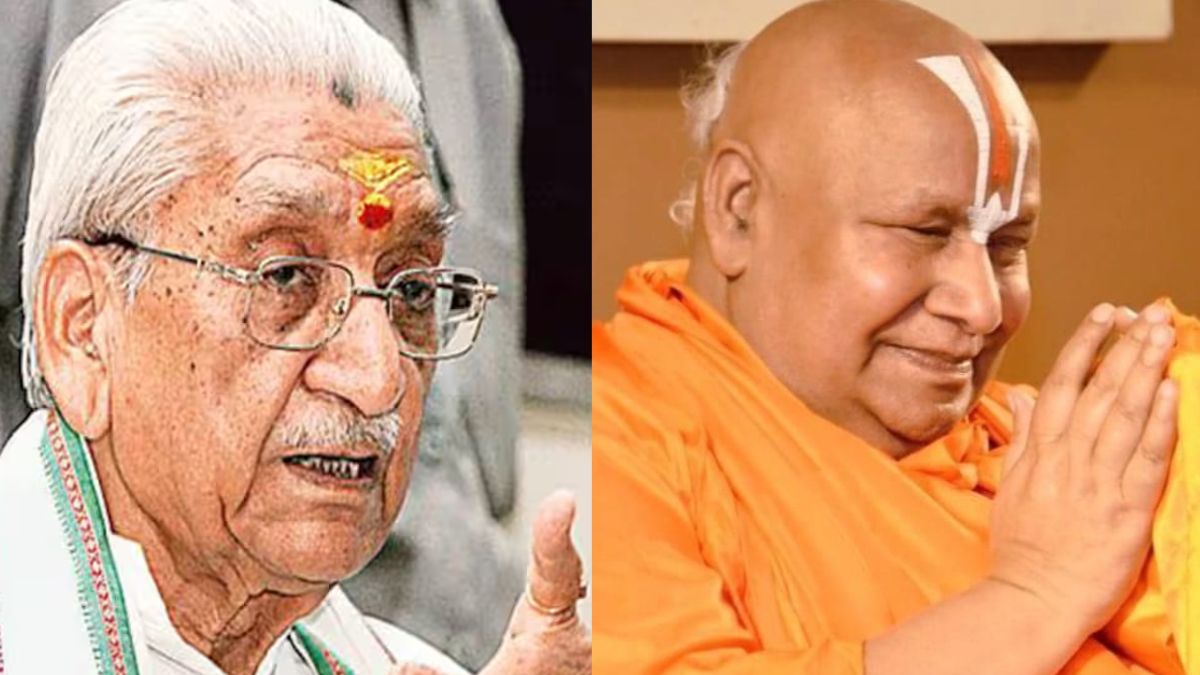
1986
On a plea filed by Faizabad lawyer Umesh Chandra Pandey, district judge KM Pandey orders opening of disputed site’s locks, in place since 1949, for Hindu worshippers; allows puja inside. The city magistrate opens the lock 40 minutes after the court order.
Hashim Ansari moves Lucknow bench of high court against the district judge order, pleading that the order was passed without hearing the Muslim side.
Babri Masjid Action Committee (BMAC) is formed with Maulana Muzaffar Hussain Kichhcuchhvi as president, and Azam Khan and Zafaryab Jilani as conveners.

1989
February 1 – Prayagraj Dharm Sansad: VHP fixes November 10 as the date for the temple foundation.
June 8-9 – At its Palampur (HP) convention, BJP, for the first time, joins the Ram Temple movement, stating that it was a matter of faith and courts could not decide it.
July 1 – VHP’s former vice-president, Justice Deoki Nandan Agarwal, files a plea in the high court seeking the restoration of the disputed land and removal of the mosque.
August 19 – Shankaracharya Shantanand starts Ramshila puja at Badrinath temple. Over the next three months, more than 3 lakh Ramshilas will reach Ayodhya from across India for the November 10 foundation laying ceremony.
Nov 9 – Prime Minister Rajiv Gandhi, Chief Minister ND Tiwari, and RJB Nyas are in agreement for the foundation ceremony. VHP’s Kameshwar Chaupal lays the first brick of the foundation.

1990
June – VHP fixes October 30 as the date to start the construction of the temple.
July – The VP Singh government starts efforts for negotiations on the issue.
September 25 – BJP chief LK Advani starts rath yatra from Somnath. With expected October 30 arrival in Ayodhya.
October 19 – The central government passes an ordinance to acquire the disputed land and hand it over to the RIB Nyas but takes it back within three days.
October 23 – Bihar chief minister Lalu Prasad Yadav stops Advani’s rath and arrests him.
October 30 – November 2: Hundreds of thousand kar sevaks (volunteers) reach Ayodhya to start the temple construction work. UP chief minister Mulayam Singh Yadav orders police firing to control the mob, Seventeen kar sevaks are killed, though VHP claims the number is much higher.
November 7 – VP Singh government falls after BJP withdraws support; Chandrashekhar becomes the new PM with Congress’s support.
December 23 – VHP and BMAC submit documents justifying their claims to the government; the effort fizzles after the Muslim side fails to attend five rounds of meetings.

1991
May – Rajiv Gandhi is killed in the middle of general elections. Congress wins the poll, with PV Narasinha Rao as the new PM. BJP comes to power in UP with Kalyan Singh as the chief minister.
Sept 18 – Rao government passes Places of Worship Act which freezes the statuses of all places of worship to their statuses on August 15, 1947 – irrespective of its history; the new law precludes any challenge in the courts.
October – Kalyan government acquires 2.77-acre land around the disputed site. The High Court allows the UP government to take control of the acquired land but stops it from raising any structure on it.

1992
February- UP govt starts construction of boundary wall around the disputed site.
March – 42.09 acre land acquired near the disputed site in 1968-89 is handed over to the RJB Nyas for RamKatha Park. The land is levelled over the next three months after razing the existing structures.
May – Muslim side moves HC seeking to stall the levelling work on 42.09 acre land. HC refuses to stay levelling work.
July – VHP resumes kar seva. construction of a concrete platform near Shilanyas site begins.
A few days later, the High Court stays construction work, and contempt plea is filed in Supreme Court against CM Kalyan Singh
On the advice of various dharmacharyas, VHP stops construction for 3 months.
August – Ayodhya Cell is formed in the PMO, with the ex-Cabinet secretary Naresh Chandra as chairman.
October – Two rounds of talks take place between BMAC and VHP. However, with little progress in hand, Dharm Sansad announces resumption of construction on December 6.
November 27 – UP Government files an affidavit in SC that no construction will take place at the disputed site. SC appoints its observer for Ayodhya to ensure there is no construction on December 6
December 3 – Over 25,000 paramilitary jawans stationed in Ayodhya.
December 6 – Hundreds of thousands of people arrive in Ayodhya for kar seva. The disputed structure is razed, leading to nationwide communal riots, leaving over 2000 people dead.
Kalyan Singh resigns as the Centre sacks his government and imposes Central rule.
Idols placed in the makeshift temple in a tent by evening.
Formal complaints are lodged at Ram Janmabhoomi thana against thousands of unnamed kar sevaks for razing the structure, and eight prominent VHP and BJP leaders like Advani, Joshi, Ashok Singhal; several more names are added later.
December 7 – 15: Central forces take control of the disputed site.
Central government bans RSS, VHP, Bajrang Dal and Jamaat-e-islami.
Central government sacks BIP govts in Rajasthan, MP and HP, accusing them of having ties with the banned Organizations.
December 16 – Advani and seven other accused sent to Lalitpur jail, and the trial starts in Lalitpur court.
Retired chief justice of AP high court, MS Liberhan, is appointed as a one-man commission to probe the demolition, It is to submit its report in three months but is given 48 extensions. It finally submits its report on June 30, 2009.

1993
January – Centre acquires total 67.7 acre land around the site through Acquisition of Certain Area of Ayodhya Act, 1993
President SD Sharma sends Presidential Reference to the SC to find out whether any temple existed beneath the disputed site. Or, whether the mosque was built after razing the temple, After deliberating on the reference, SC returns it saying that it can’t give its opinion.
March 11 – Mumbai blasts take place ‘in retaliation’ to Babri demolition, resulting in 257 dead and 1400 injured.
April 3- Acquisition of Certain Area of Ayodhya Act, 1993, is challenged by Ismail Faruqui in Supreme Court.

1994
October 24 – While dismissing Faruqui’s plea, SC says the ‘Mosque is not an integral part of worship in Islam’. It also allows the Centre to include the 2.77 acre land of the disputed site in the acquired 67.7 acres, making it a chunk of approximately 70 acres.

1996
May – BJP becomes single largest party in Lok Sabha elections, with Atal Bihari Vajpayee as the prime minister; the government lasts only 13 days.

1998
March – BJP returns to office with Vajpayee as PM for second time; the government lasts 13 months.

1999
October – BIP again comes to office at the Centre with a coalition (NDA), completes term.

2002
February – VHP fixes March 15 as the date for resuming construction, Kar sevaks reach Ayodhya from across the country.
SP government in UP allows symbolic Shila pujan.
The coach of Sabarmati Express carrying karsevaks back to Gujarat is set on fire near Godhra. Fifty-eight are burnt alive, leading to Gujarat riots which claim more than 1,000 lives.
April – A three judge bench of Allahabad resumes hearing of the Ayodhya title suit

2003
March 5 – HC asks ASI to investigate whether any temple existed beneath the mosque. ASI excavations find remains of an 11th century Hindu temple.

2010
September 30 – HC delivers its verdict on 4 petitions filed in the title suit. Orders to divide the disputed land into 3 parts – one part each to Ram Lalla Virajman, represented by Hindu Mahasabha, Nirmohi Akhara and Sunni Central Waqf Board
December – Hindu Mahasabha and Sunni board challenge the verdict in SC.

2011
May – SC stays HC order and orders status quo.

2014
May – Modi government comes to office with majority.

2015
June – VHP starts drive to collect shilas in Rajasthan. SP government in UP says shilas will not be allowed to enter Ayodhya.

2017
SC requests that the Ayodhya issue should be resolved out of court. However, all attempts at amicable settlement fail.

2018
February 8 – SC asks parties to get paper ready, says no new party would be allowed to join the litigation. Clarifies that it would take up the matter as a land dispute.
March 14 – SC nixes 32 intervention petitions, leaving only those parties who are part of litigation at HC. Again, offers opportunity for negotiation.
September 27 – SC turns down Muslim side plea to send Ismail Faruqui case of 1994 to a bigger bench. Muslim side’s plea is that HC 2010 judgment was influenced by 1994 SC observation that a mosque is not an integral part of Islam for offering namaz.
Supreme Court bench headed by CJI Dipak Misra delivers 2-1 verdict. Justice Misra and Justice Ashok Bhushan are of the opinion that Ayodhya issue had nothing to do with Faruqui case. Third member, Justice S Abdul Nazeer, says the issue be decided on the basis of faith.

2019
January 9 – Five-judge bench comprising Justices SA Bobde, NV Ramana. UU Lait, DY Chandrachud, with Justice CR Gogoi as the chief justice.
January 10 – Justice Lalit recuses as he had represented Kalyan Singh as a Lawyer.
January 25 – The bench is reconstituted with justices Gogoi, Bobde, Chandrachud, Ashok Bhushan and Abdul Nazeer.
February 26 – SC asks parties to explore possibilities of amicable solution through meditation. A mediation panel comprising SC judge FMI Khalifullah, spiritual guru Sri Sri Ravishankar, and lawyer Sriram Panchu works to reach amicable settlement.
August 2 – Mediation panel fails to find solution; SC fixes August 6 for daily hearing.
October 16 – Following the marathon 40 day daily hearing, SC reserves its judgement.
November 9 – In historic unanimous Judgment, the honorable Supreme Court identifies disputed site as birthplace of Ram and hands over 2.77-acre land to Ram Lalla Virajman.
Asks Centre to form trust within 3 months for construction of temple.
Asks UP govt to give 5-acre land to Sunni board in Ayodhya for construction of a mosque.
Says the structure below disputed site is not an Islamic structure.
Says the faith of Hindus that Lord Ram was born at disputed site where Babri Masjid once stood cannot be disputed.

2020
August 5 – Prime Minister Narendra Modi performs Bhoomi Poojan and lays the foundation stone of the grand Ram temple, and becomes the first Prime Minister to visit the site.

2024
January 22 –With Bharat’s PM Narendra Modi acting as the Yajamana (host), the Pran Pratishtha ceremony to install Shri Ram Lalla in his newly constructed abode is conducted in accordance with the precise muhurta and rituals laid out by leading dharmacharyas. The ceremonies conducted in the presence of more than 6000 dignitaries and watched live by millions of devotees around the world, brings the 500-year Hindu struggle to a close.
